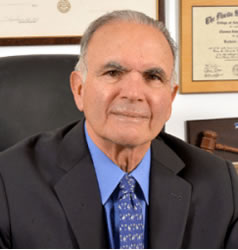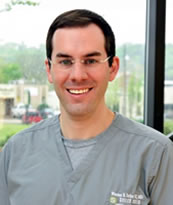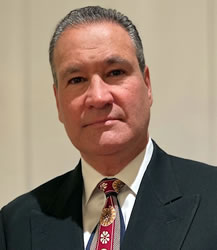Scars are a normal consequence of wound healing. Frequently, scars are often "an issue" when an attorney evaluates damages in a medical/legal form.
Scars are commonly characterized by definition concerning the depths of the elevated tissue, pigment shape, and orientation. Although scars often improve with time, the human body may yield abnormal scars. These subtypes are called "hypertrophic scars" or "keloids." Hypertrophic scars may be raised and red, and distort adjacent body parts. Keloidal scars grow beyond the zone of injury.
Multiple factors influence the ultimate quality of the resultant scar. Certainly, a history needs to be taken as to the mechanism of the trauma. An avulsion, where there is loss of tissue, would be a more problematic scar than a "simple" cut. Furthermore, the region of the body where the wound lies is quite important. Certain areas, such as the shoulder or sternum, frequently widen and become raised above the surrounding skin. This is possibly due to high skin tension in all directions in these anatomic sites.
If a wound follows a relaxed skin line, a more optimal cosmetic or functional result
will become evident. Multiple smaller scars heal better than one long straight scar. Smaller scars are not subject to a "bowstring" effect of a longer scar.
When there is tissue loss, skin tension is increased at the time of closure of the wound, and the resulting scar will probably widen. The wound edges are often necrotic, and this will increase the amount of scar formation with time. In addition, detrimental foreign bodies may be evident.
Burn scars are particularly problematic due to loss of delicate skin structures through the noxious action of the heat, which leads to an increased amount of tension.
If a patient is seen shortly following trauma, a red hypervascular scar is at a higher risk for hypertrophic formation. Progressive measures, such as silicone gel sheets would be helpful, along with the possibility of laser intervention. Although multiple methods of treatment exist, one could recommend silicone sheets, intralesional corticosteroids, and/or surgery.
Pressure therapy has been used, although there are mixed reports as to its effectiveness. Radiotherapy remains controversial because of reports of carcinogenesis following the procedure. Laser therapy has shown mixed results.
Promising therapies, however, include additional injections, which would be utilized to alter the immune system.
Pain and itching is commonly associated with scarring. There is some evidence that these symptoms may persist.
In Summary, the skin is a complex organ, derived from multiple germinal layers.
Skin heals by the formation of a fibrous scar. Once an injury sections the deeper layers of skin, there will always be a scar. In some locations it may be conspicuous and in other locations it may be disfiguring.
Scars are a source of distress and anguish. Studies show that employment prospects may be lowered, as some potential employers may be disturbed by the appearance of scars. Dr. Fritz Gibson, a British Plastic Surgeon, wrote, "by your scars, you'll be judged."
It is always important to have a Psychiatrist see a patient who exhibits symptoms of anxiety and/or depression from a scarring event. Psychiatrists are often able to help
a patient deal with the permanency of scarring, and the cosmetic and functional results.
They can also add depth to a plastic surgeon's evaluation of a patient's anatomic or functional abnormality or disability.











